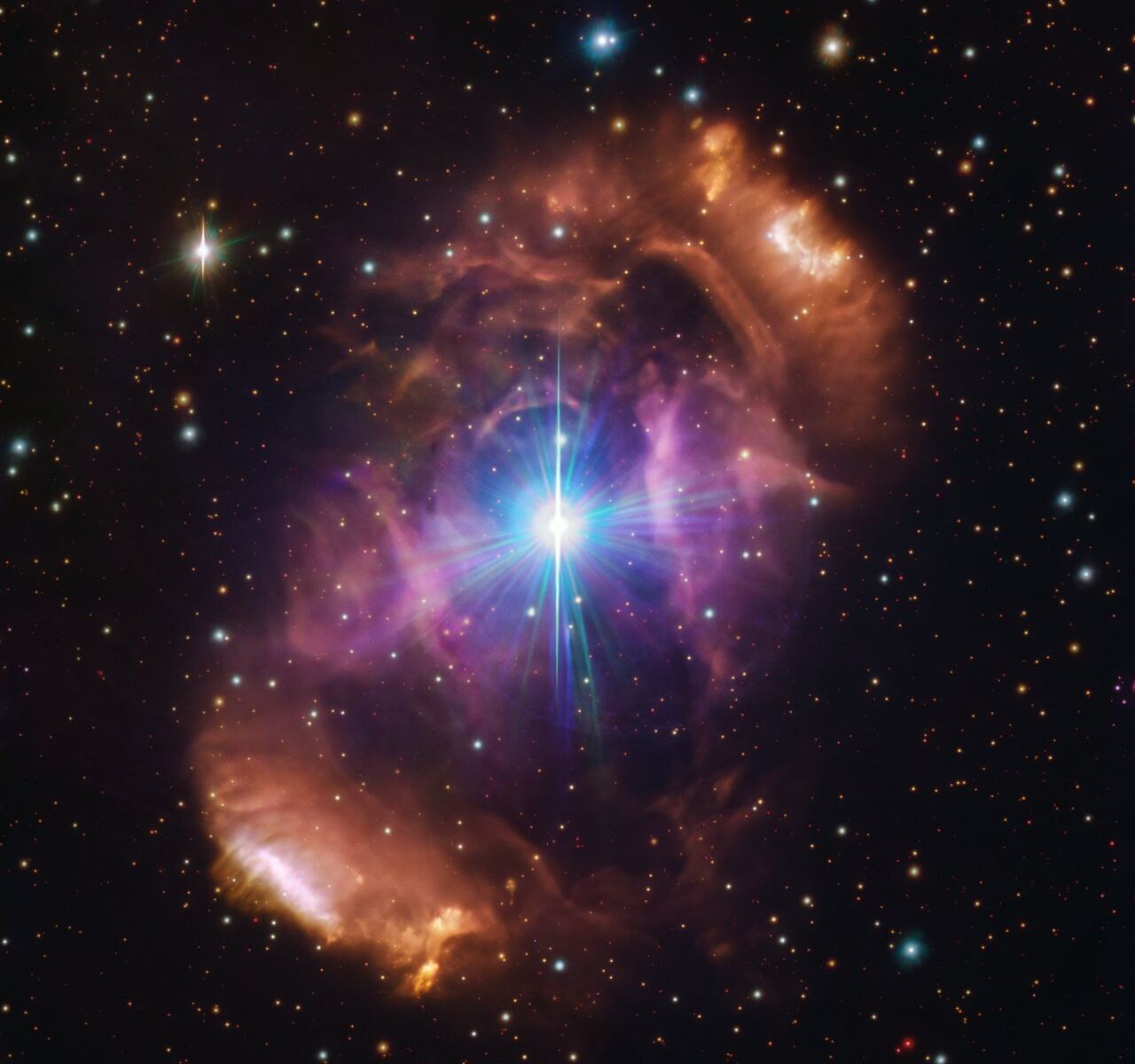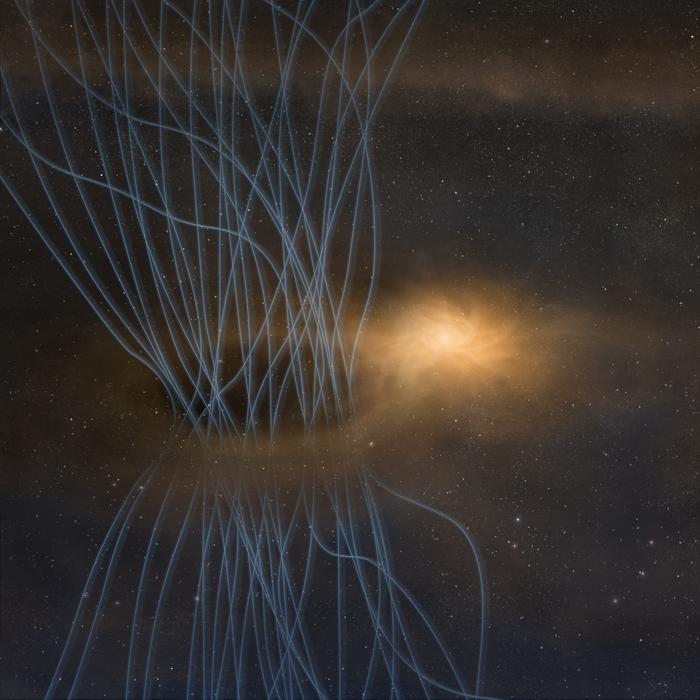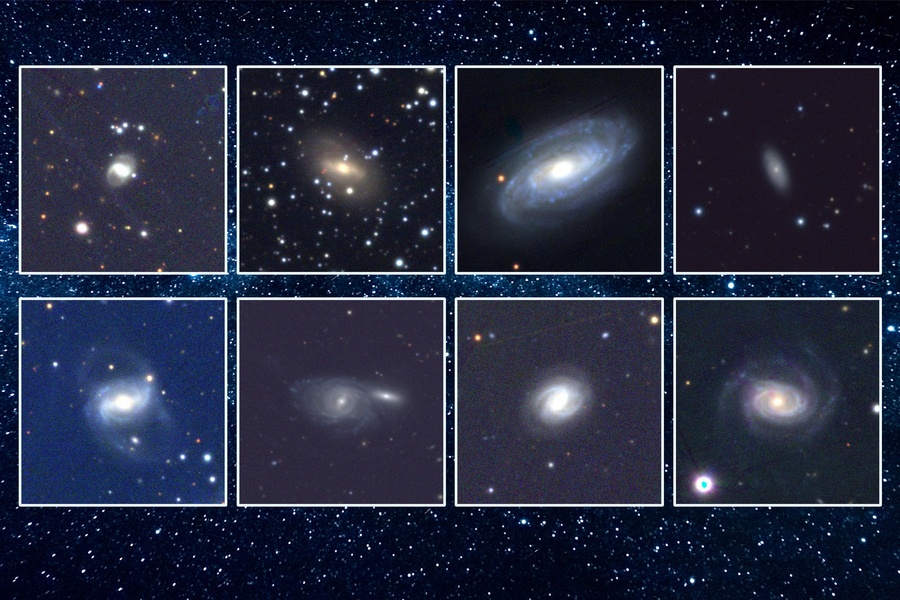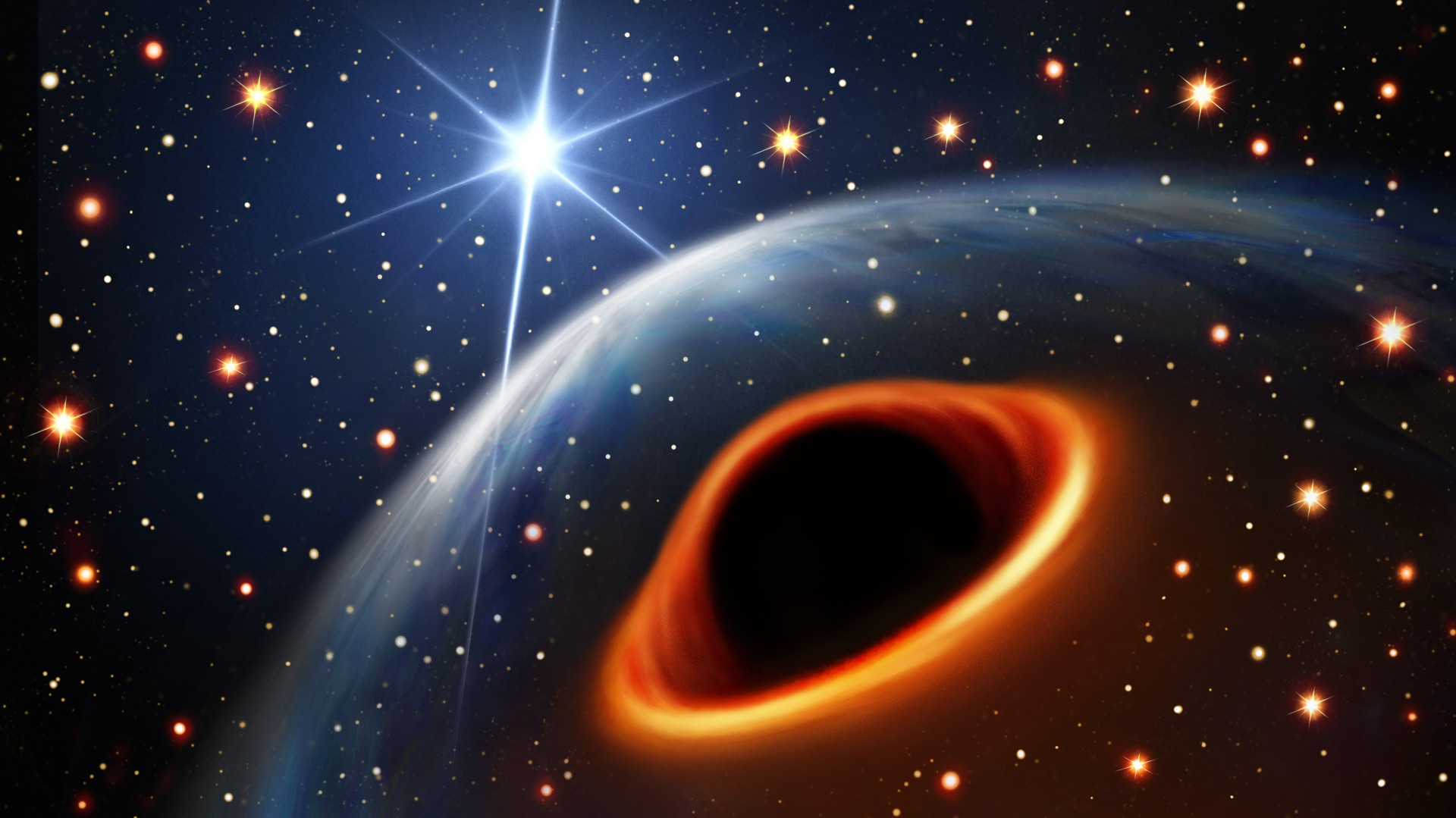Some binary stars are unusual. They contain a main sequence star like our Sun, while the other is a “dead” white dwarf star that left fusion behind and emanates only residual heat. When the main sequence star ages into a red giant, the two stars share a common envelope.
This common envelope phase is a big mystery in astrophysics, and to understand what’s happening, astronomers are building a catalogue of main sequence-white dwarf binaries.
Continue reading “Main Sequence and White Dwarf Binaries are Hiding in Plain Sight”









